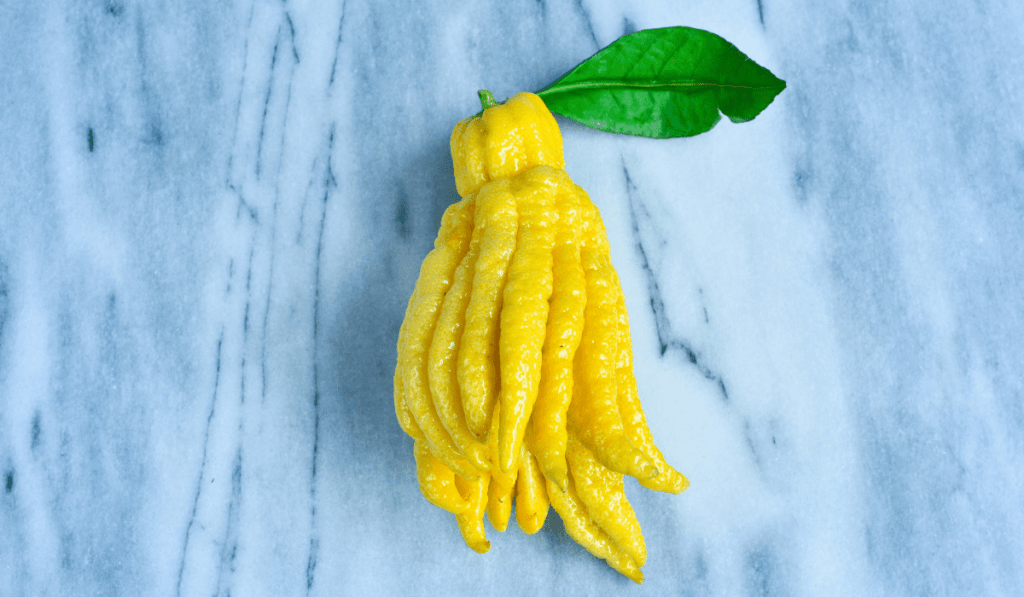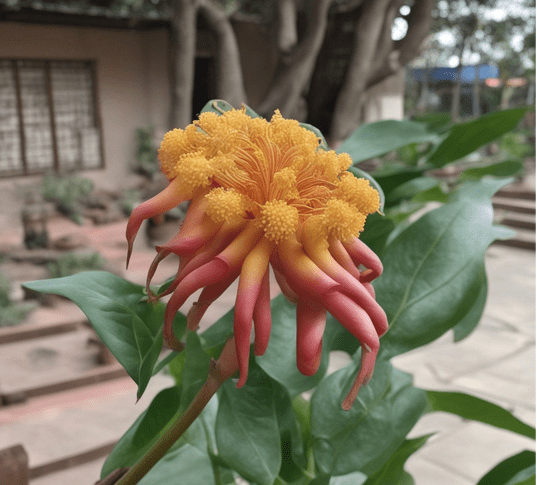No, Buddha’s Hand fruit is not typically consumed raw. Buddha’s Hand, also known as Fingered Citron, is a unique and exotic citrus fruit that is primarily valued for its aromatic zest and peel rather than its flesh. While it is not typically consumed raw in the same way as other citrus fruits like oranges or lemons, it does have some culinary uses and can add a burst of fragrant flavor to various dishes.
The Appearance and Aroma of Buddha’s Hand
Before we delve into whether you can eat Buddha’s Hand raw, let’s take a closer look at this intriguing fruit. Buddha’s Hand gets its name from its unusual appearance, which consists of multiple finger-like segments that resemble the outstretched hand of the Buddha. These finger-like segments are actually thick, aromatic rinds and contain no pulp or juice.
The most notable characteristic of Buddha’s Hand is its powerful citrusy fragrance. The zest and peel of Buddha’s Hand emit a delightful and intense lemony aroma that can perfume a room or infuse culinary creations with a unique and aromatic essence.
Eating Buddha’s Hand Raw
The Buddha’s Hand fruit is unique unlike other citrus fruits such as oranges or lemons. Look! It’s made up of several yellow segments that look like fingers. They spread out from the middle, just like a hand saying hello or giving a blessing. Imagine an all-finger fruit! But, there’s no juicy flesh inside these fingers. Most of it is pith and skin. The pith and skin of the Buddha’s Hand are really strong in smell and taste. However, they’re usually too bitter and strong to eat raw.
Culinary Uses of Buddha’s Hand
The primary culinary value of Buddha’s Hand lies in its zest and aromatic oils. The zest is highly fragrant and is prized for its ability to infuse dishes, desserts, and beverages with a strong, lemony-citrus aroma. The zest is often grated or thinly sliced and used as a flavoring agent in various recipes.
- Zesting: The most common culinary use of Buddha’s Hand is zesting. The aromatic zest of Buddha’s Hand is a prized ingredient in both sweet and savory dishes. You can grate or thinly peel the zest and use it to flavor desserts, salads, dressings, marinades, and beverages. It imparts a bright and intense lemon fragrance without the acidity or bitterness associated with citrus juice.
- Candied Peel: Another popular use is candying the peel. The candied peel of Buddha’s Hand makes for a delightful and fragrant treat. It can be used as a garnish, added to baked goods, or enjoyed as a confection on its own.
- Infusions: The zest of Buddha’s Hand can be used to infuse various liquids, including spirits like vodka or gin, creating uniquely flavored cocktails and beverages.
- Aromatherapy: The aromatic qualities of Buddha’s Hand make it a popular choice for potpourri and essential oil production.
Common Culinary Applications
- Baking: Buddha’s Hand zest can be added to cakes, cookies, and pastries to impart a unique citrus flavor.
- Cocktails and Beverages: The zest can be used to garnish cocktails, and its aromatic oils can be used to make citrus-infused liqueurs or syrups.
- Candied Buddha’s Hand: The zest can be candied and used as a sweet and tangy confection.
- Sauces and Marinades: The zest can enhance the flavor of sauces, marinades, and salad dressings.
In conclusion
Technically, you could eat all of Buddha’s Hand fruit. However, its fleshy part isn’t very juicy and has a tough texture. People don’t typically eat this fruit just like it is. What they do love is the zest and the aromatic oils from this special fruit. The culinary world just loves using it! It adds a unique citrus flavor to all kinds of dishes and drinks. You won’t munch on a Buddha’s Hand like you would an apple, but you’ll still get to savor its rich, fiery citrus scent and taste. Just use its zest in your meals!
Disclaimer: As with any new food, it’s essential to exercise caution when trying Buddha’s Hand for the first time, as individual tastes may vary. Additionally, if you have any citrus allergies or sensitivities, consult with a healthcare professional before consuming any part of the fruit.



